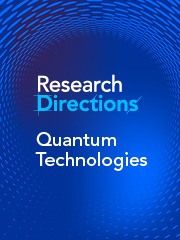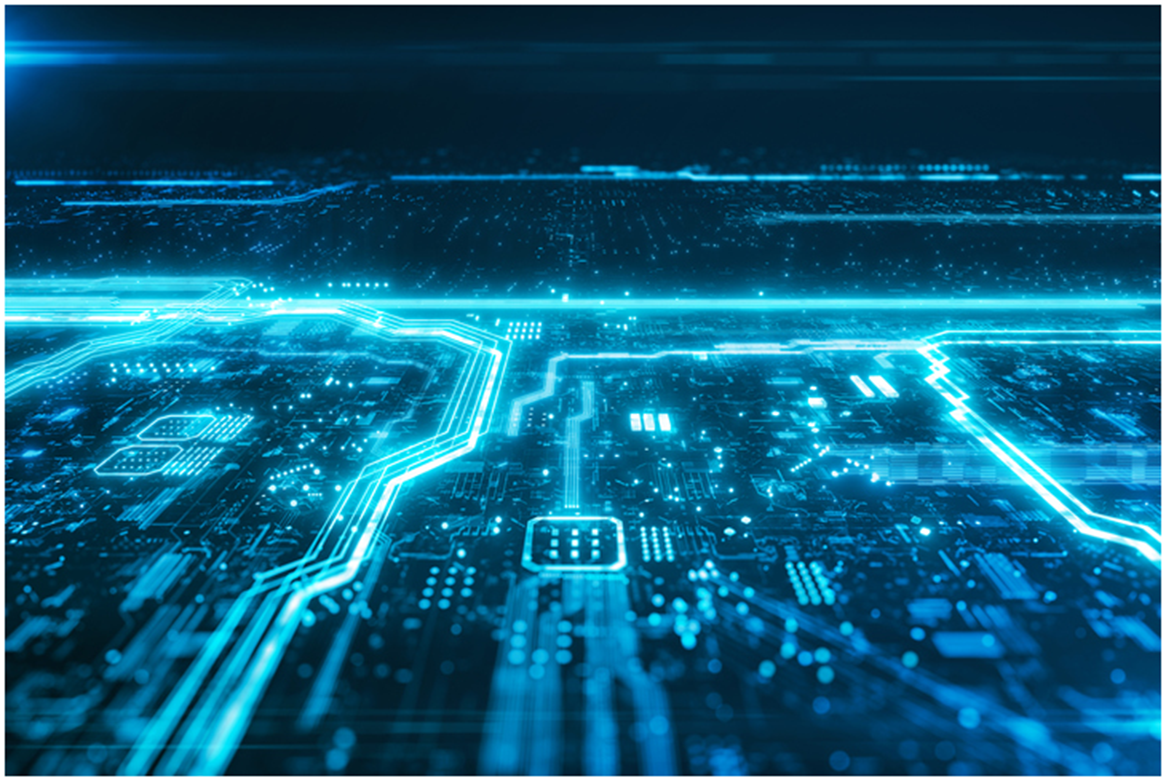Context
Photonic quantum memories are required in many applications in quantum information science with varying performance requirements depending on specific applications. Although classical light storage has been demonstrated in time scales of minutes (Dudin et al., Reference Dudin, Li and Kuzmich2013; Heinze et al., Reference Heinze, Hubrich and Halfmann2013) to hours (Ma et al., Reference Ma, Ma and Zhou2021) in different systems, storing true single photons and single photon level coherent pulses are still limited to around a few seconds at most (Wang et al., Reference Wang, Yang and Sun2021; Ortu et al., Reference Ortu, Holzäpfel and Etesse2022; Hain et al., Reference Hain, Stabel and Halfmann2022; Stas et al., Reference Stas, Huan and Machielse2022). In this question, we would like to explore what the challenges for quantum memory storage for the purposes of quantum communication and the distribution of entanglement are, e.g. in quantum repeaters. Furthermore, recent work has proposed using quantum memories with hour-long storage times for quantum computation (Gouzien and Sangouard, Reference Gouzien and Sangouard2021) and physically transporting single photons for astronomical interferometry (Bland-Hawthorn et al., Reference Bland-Hawthorn, Sellars and Bartholomew2021) and global quantum communications (Wittig et al., Reference Wittig, Wittig and Berquanda2017; Gündoğan et al., Reference Gündoğan, Sidhu, Oi and Krutzik2023).
For example, what are the intrinsic and technical limitations to reach ultra-long storage times limited with or close to material T1 times? These limitations could arise from a variety of sources for different physical systems: accumulating pulse errors in dynamical decoupling sequences, magnetic field alignment sensitivity, optical and magnetic field inhomogeneities, narrow-band spectral filtering, charge instabilities due to nanofabrication processes and vacuum quality. In the longer term, how can quantum information processing and computational techniques, such as fault tolerant error correction, be incorporated into photonic memory systems? This question seeks answers whether (and to what extent if yes) these issues can be addressed to reach ultra-long lifetime quantum memories.
How to contribute to this Question
If you believe you can contribute to answering this Question with your research outputs find out how to submit in the Instructions for authors (https://www.cambridge.org/core/journals/research-directions-quantum-technologies/information/author-instructions/preparing-your-materials. This journal publishes Results, Analyses, Impact papers and additional content such as preprints and “grey literature”. Questions will be closed when the editors agree that enough has been published to answer the Question so before submitting, check if this is still an active Question. If it is closed, another relevant Question may be currently open, so do review all the open Questions in your field. For any further queries check the information pages (https://www.cambridge.org/core/journals/research-directions-quantum-technologies/information/about-this-journal) or contact this email (quantumtechnologies@cambridge.org).
Competing interests
The authors declare none.






